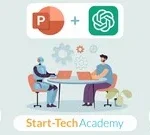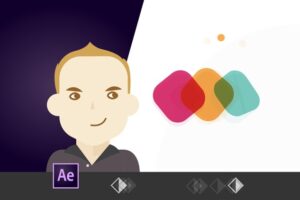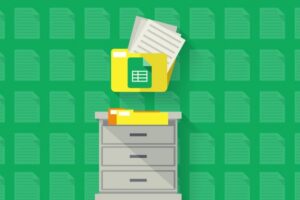Computer Fundamentals
Basics of Computer Architecture
What you’ll learn
Computer Fundamentals
- Computer Organization
Requirements
-
None
Description
In this course, you’ll learn about computer hardware & software along with the fundamentals of computers and their parts I/O, CPU, Memory, and Buses. Types of memory: RAM & ROM their used in computers. Difference between static RAM and dynamic RAM. Then, the difference between EPROM & EEPROM. CPU parts: Control unit and Arithmetic logic unit.
How the control signals are generated using hardwired and microprogrammed control for communication with memory and input/output devices. The function of ALU is to perform arithmetic operations such as ADD, SUB, MUL, DIV, etc, and logical operations such as logical AND, OR, XOR, etc. What is a bus and its types: address bus, data bus control bus.
Also about computer languages: machine language, assembly language & higher-level language & about computer software: system software & application software. Understanding how the instructions are executed. Then about digital data communication, its types: serial and parallel data transfer. Difference between serial & parallel data transmission and basics of serial communication, synchronous & asynchronous communication. Meanings of Simplex, Half duplex & Full duplex. Then about baud rate and RS-232 serial bus standard.
The course is useful primarily for polytechnic & engineering students of all disciplines and also for anyone interested in learning the basics of computers.
In this course, you’ll learn about computer hardware & software along with the fundamentals of computers and their parts I/O, CPU, Memory, and Buses. Types of memory: RAM & ROM their used in computers. Difference between static RAM and dynamic RAM. Then, the difference between EPROM & EEPROM. CPU parts: Control unit and Arithmetic logic unit.
How the control signals are generated using hardwired and microprogrammed control for communication with memory and input/output devices. The function of ALU is to perform arithmetic operations such as ADD, SUB, MUL, DIV, etc, and logical operations such as logical AND, OR, XOR, etc. What is a bus and its types: address bus, data bus control bus.
Also about computer languages: machine language, assembly language & higher-level language & about computer software: system software & application software. Understanding how the instructions are executed. Then about digital data communication, its types: serial and parallel data transfer. Difference between serial & parallel data transmission and basics of serial communication, synchronous & asynchronous communication. Meanings of Simplex, Half duplex & Full duplex. Then about baud rate and RS-232 serial bus standard.
The course is useful primarily for polytechnic & engineering students of all disciplines and also for anyone interested in learning the basics of computers.
Who this course is for:
- Polytechnic & Engineering Students











Add Comment